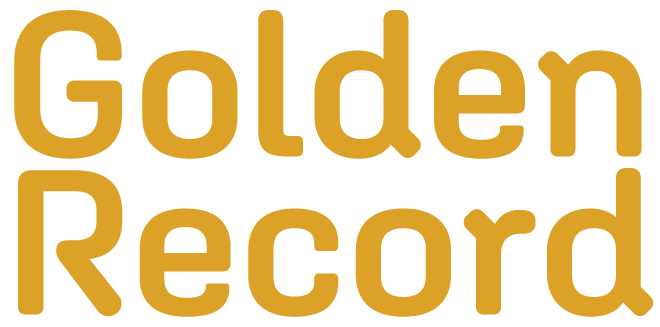What is a golden record, and why is it helpful to museums and cultural institutions?
In our last blog post, well over a year ago (blush), we shared that we were hard at work at producing a true golden record. As promised our latest release of Golden Record, which was out this spring, does just that: it collects and matches your patron data from all source systems and generates a single golden record for each individual.
“Great,” you say, “but how does this help me improve the effectiveness of my fundraising efforts? Or membership drive? Or engagement? Or any other of our mission-critical goals?”
At the most basic level, the golden record is the first step on the path to truly knowing your constituents. And knowing your constituents, as individuals, is what allows you to collect and track the data needed to assess engagement and in turn improve institutional effectiveness. That’s the ultimate value of a golden record, and it’s the secret sauce our product, Golden Record, brings to the table.
The definition of golden record
When it comes to working with data, the term golden record describes a single record containing the most accurate and authoritative information for an entity. Here’s an even better definition from the blog post, What is a golden record in master data management?:
A golden record is a single data point that provides all of the important information about a customer, client, or resource with total accuracy. For example, a golden record would provide correct address information, an email, a phone number, and more, all in a single data entry.
The golden record is sometimes referred to as the “holy grail” of data management, and it’s a vital component of any customer data platform (CDP). While CDP’s tend to be huge enterprise systems that are out of reach for even well-funded museums and cultural institutions, our product, Golden Record, is built to put the power of the golden record into the hands of the nonprofit world.
Putting the golden record to work at cultural institutions
It’s probably relatively easy to envision how access to a single accurate record for each of your patrons could be valuable. What would be even better is if all of your different systems, from ticketing, to fundraising, to membership, to marketing, could work from that same record in their databases. And that is the beauty of our product, Golden Record. With API integration, you will be able to connect all of your systems to the golden records for each of your patrons, and keep them continually refreshed with the most accurate information, as it changes.
What does this look like in the real world of cultural institutions? Let’s say your museum has a regular, annual donor named Gladys Smith, who is also a member and occasionally attends fundraising events. She is in at least three different systems within your organization: fundraising, membership, events, and probably marketing, too. But let’s say Gladys got married in June and then later attends an event in August where she makes an extra donation. The volunteer who takes her information uses her new married name and address, and therefore creates an entirely new record for Gladys Jones in the donor database. When Golden Record (our software) runs the scheduled data refresh in the next few days, it catches the new entry. It recognizes Gladys Jones as the same individual as Gladys Smith and updates her golden record. Now all of your systems have access to the new golden record for Gladys, and her name and contact information is up-to-date across the museum.
On one hand, this could seem like a convenient, but relatively minor thing—surely someone would catch the error and fix it eventually, right? But multiply this by the population of people who interact with your institution and change names, addresses, emails, phone numbers, or simply get entered twice into a system! It’s easy to see that, compounded, these small inaccuracies can add up to a significant waste in resources and lost opportunities. But this is truly only the tip of the iceberg. By tying all of your institution’s patron data together you can now harness the power of data analytics, and access CDP-level insights into the effectiveness of your campaigns, events, marketing, and so much more. (Stay tuned, more on this in future blog posts.)
If you want to see what this looks like in the real world, download our case study on the work we did with The Henry Ford museum, that led to the development of Golden Record.
One record to rule them all.
As you think about the possibilities of the golden record and your institution, you may also wonder about potential issues: “by creating a new golden record for each constituent, do I lose all their old data?” Rest assured, at least when it comes to our cloud-based software, Golden Record will never delete your old data. When it creates the new golden record for each constituent, it also maintains the history of the previous associated records—you can think of the golden record as simply the one record for an individual to rule them all. You can be certain no information is lost, and potential mistakes in a golden record, should they happen, are able to be corrected. And, when data is changed in your systems, your golden record can be automatically updated so it’s always current.
Questions or comments on Golden Record or golden records, or both?
We love to geek out on data and museums, so if you’d like to learn more—even on just a curiosity level—we’d love to hear from you.



